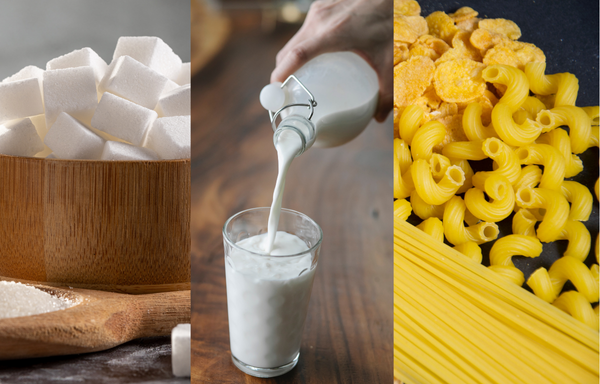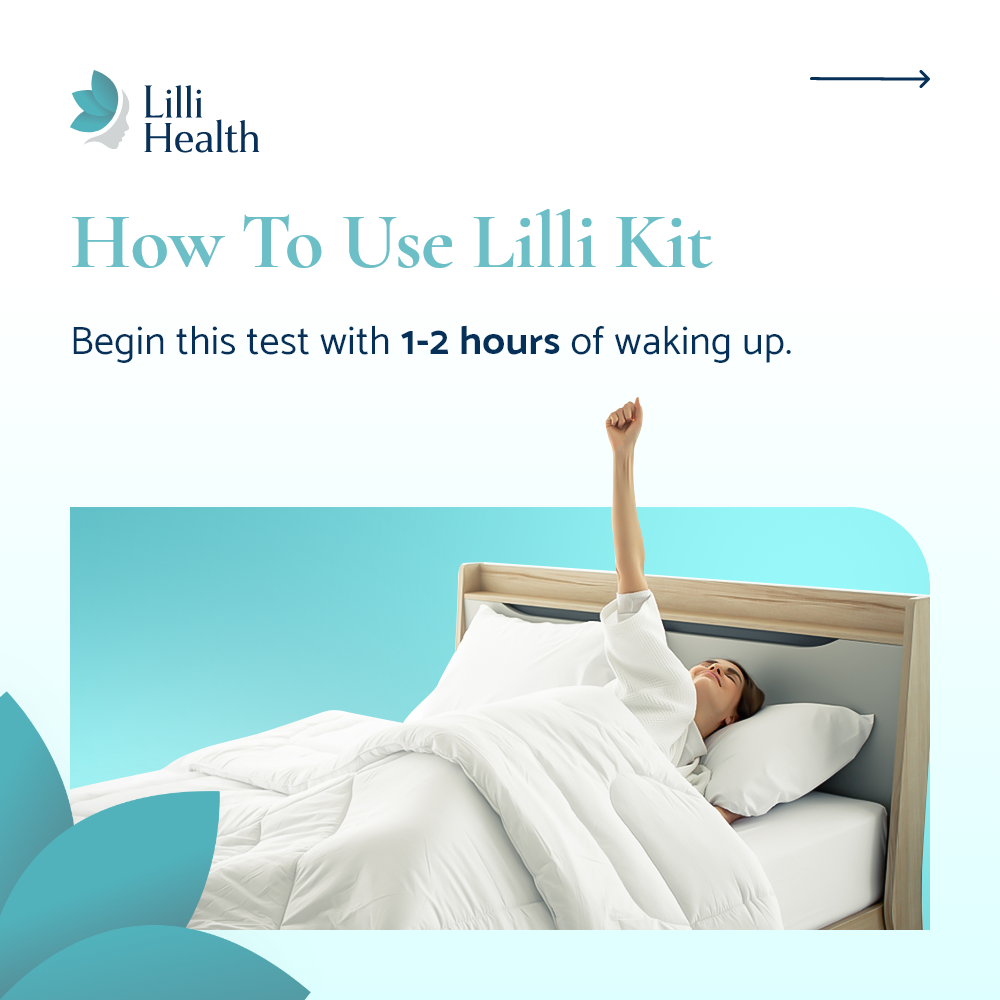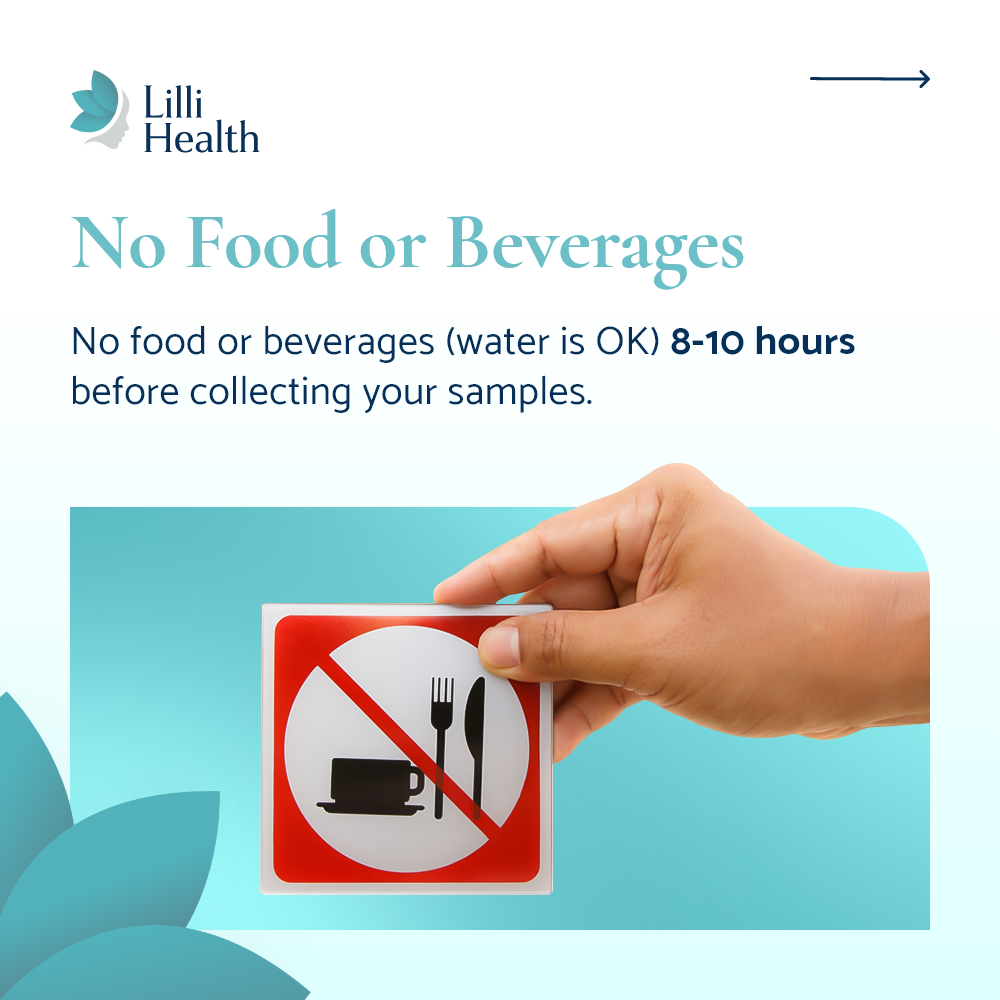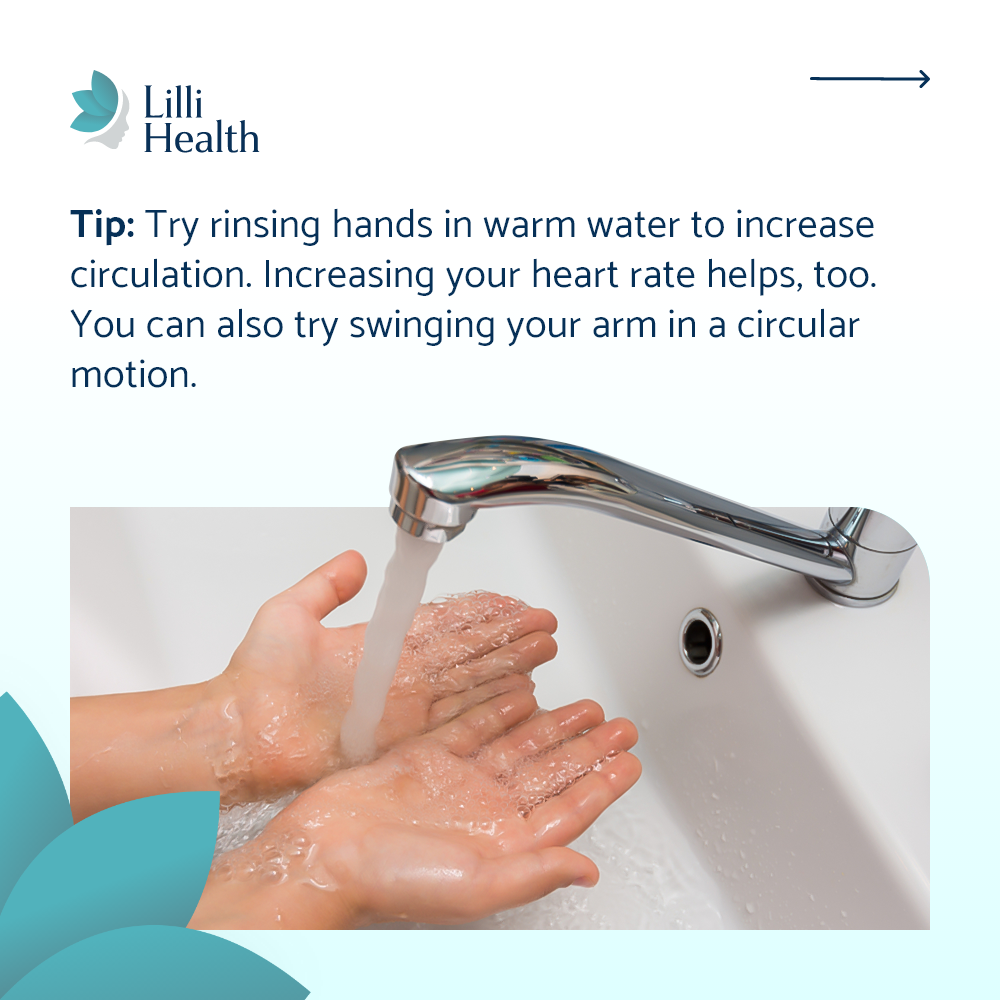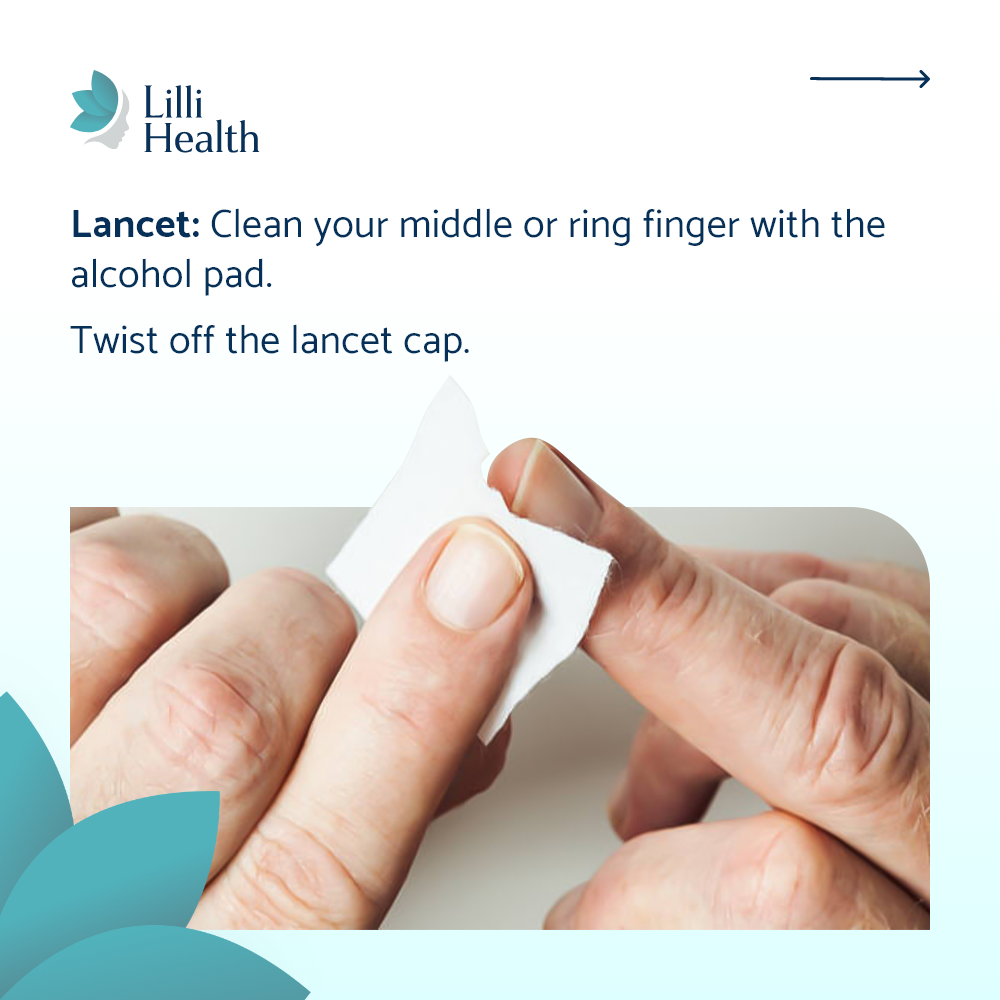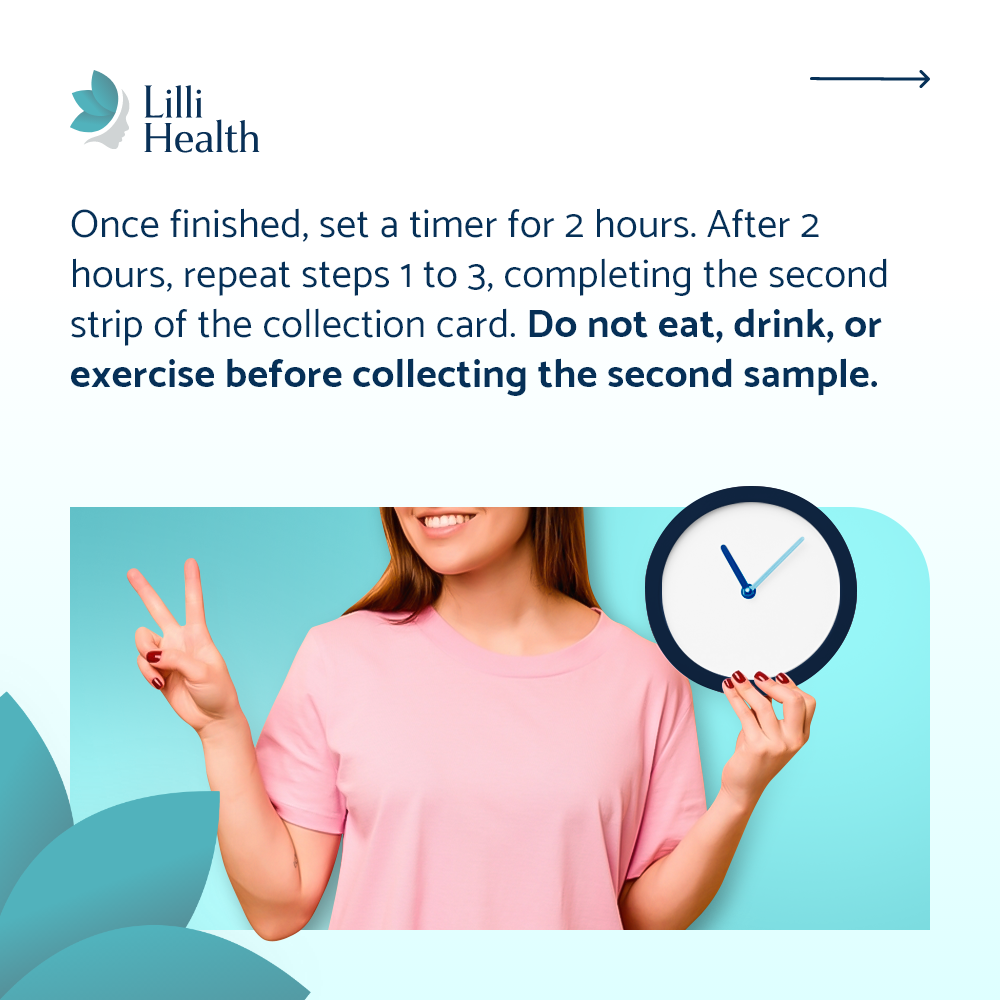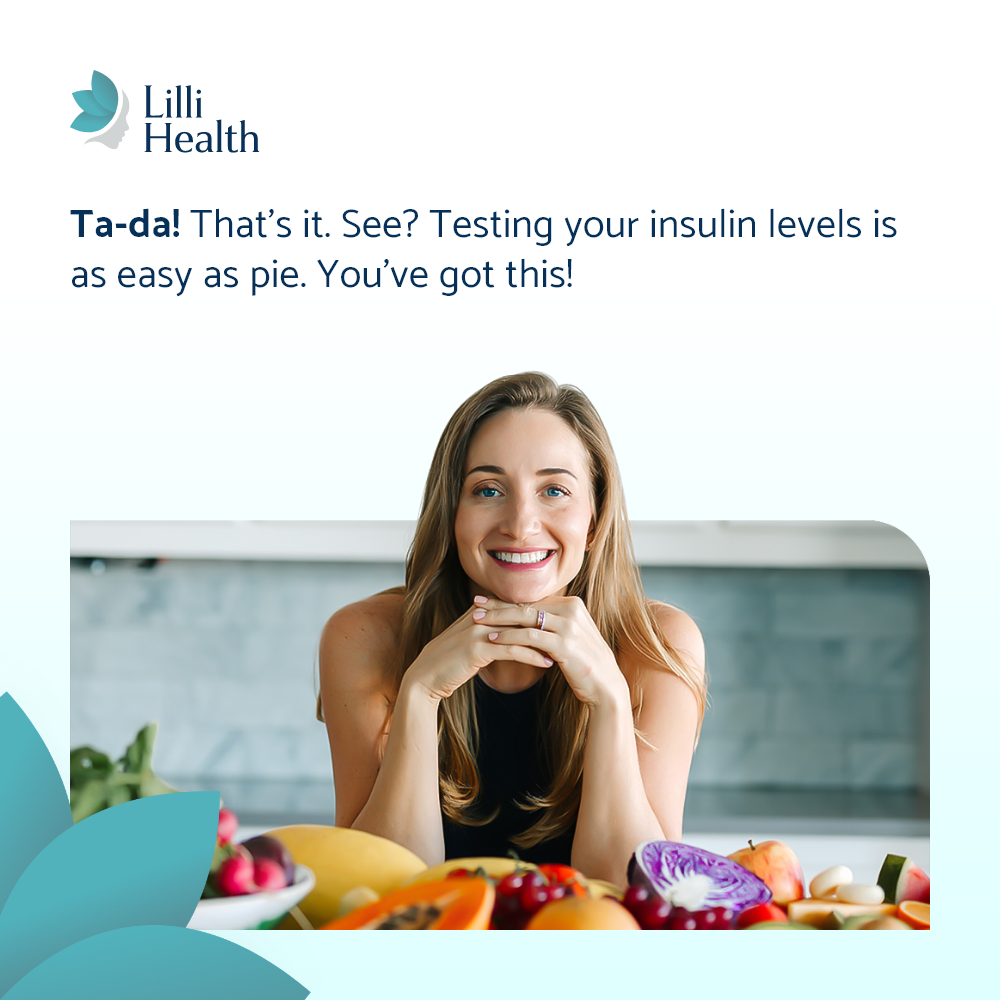Tracking Progress Beyond the Scale: Why Non-Scale Victories Matter
When it comes to weight loss, most people focus only on the number on the scale. But that number doesn’t always reflect what’s happening inside your body. The scale doesn’t measure progress—it just measures weight. And weight can fluctuate for so many reasons that relying on it alone can be misleading.
If you’re following a Low Insulin Lifestyle, you’re making powerful changes that go beyond the scale. Many of the benefits happen long before you see a dramatic drop in weight, and some changes don’t show up as weight loss at all—but they are still huge victories for your health.
Immediate Changes: The First Few Weeks
One of the first things people notice when they start lowering insulin is how much better they feel—almost immediately.
Many people report:
- Less fatigue and more energy throughout the day.
- Fewer cravings and better control around food.
- Less bloating and puffiness as their body releases excess water.
If you’ve struggled with hunger, blood sugar crashes, or feeling out of control with food, you may find that those issues improve within days of making changes—even before the scale moves.
Fast weight loss is also common in the first 1-2 weeks as the body sheds stored water. This happens because high insulin levels cause water retention, and as insulin levels drop, the body starts to flush it out. Many people lose several pounds in the first week just from this shift alone.
After the initial water loss, fat loss typically continues at a steady pace of around 2 pounds per week—without the need to count calories or carbs. But the scale isn’t always the best measure of progress. How your clothes fit tells you more. A more defined waist, looser jeans, or a better fit in your favorite outfits are clear signs that your body composition is improving. And because this lifestyle ensures fat loss over muscle loss, even small amounts of weight loss will make a noticeable difference in how you look and feel.
Deeper Changes: Beyond Weight Loss
Beyond just feeling better and losing fat, a Low Insulin Lifestyle also improves your overall health. Many people report:
- Improved sleep—falling asleep faster and staying asleep longer.
- Better moods—less irritability, fewer mood swings, and a greater sense of calm.
- More stable energy levels throughout the day, with fewer afternoon crashes.
And one of the most exciting changes? Improved menstrual cycles. Many women see more regular periods, fewer PMS symptoms, and less painful cramps as their hormones start to balance. These shifts are not just about weight—they are signs that your metabolism and hormones are healing.
How to Track Progress Without the Scale
If you only rely on the scale, you’re missing half the picture. Here’s how to measure progress more accurately:
- Take progress photos. A picture will show body composition changes that the scale won’t.
- Track how your clothes fit. Jeans, leggings, and fitted shirts are a great way to gauge fat loss.
- Pay attention to energy and cravings. Feeling less hungry during the day is a huge win.
- Notice how you sleep and how you feel. Less bloating, better digestion, and clearer skin all signal metabolic improvements.
The Bottom Line
The scale doesn’t tell the whole story. Some of the biggest changes—better energy, fewer cravings, improved sleep, and balanced hormones—aren’t reflected in a number. Fat loss is just one part of a much bigger picture, and as your body adjusts, you’ll start feeling better in ways that go beyond weight.
If the scale isn’t moving as fast as you’d like, don’t get discouraged. Pay attention to the non-scale victories that prove your body is changing for the better.






